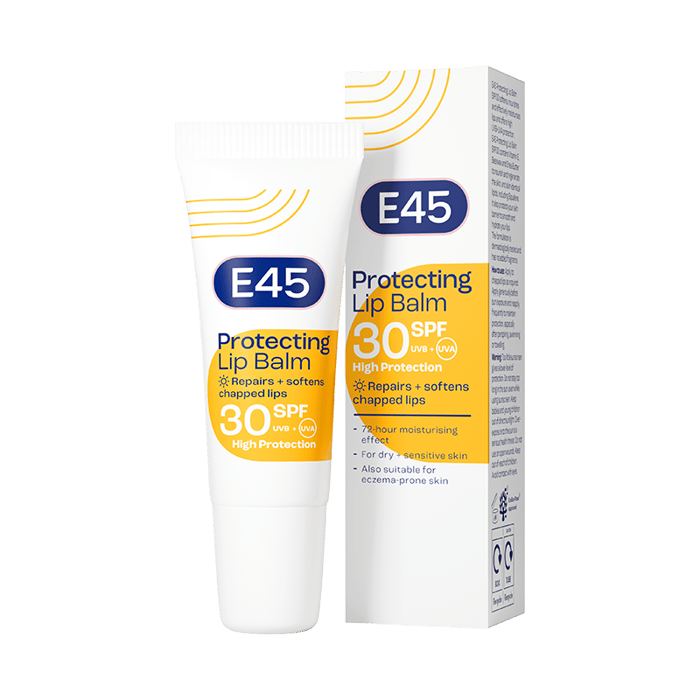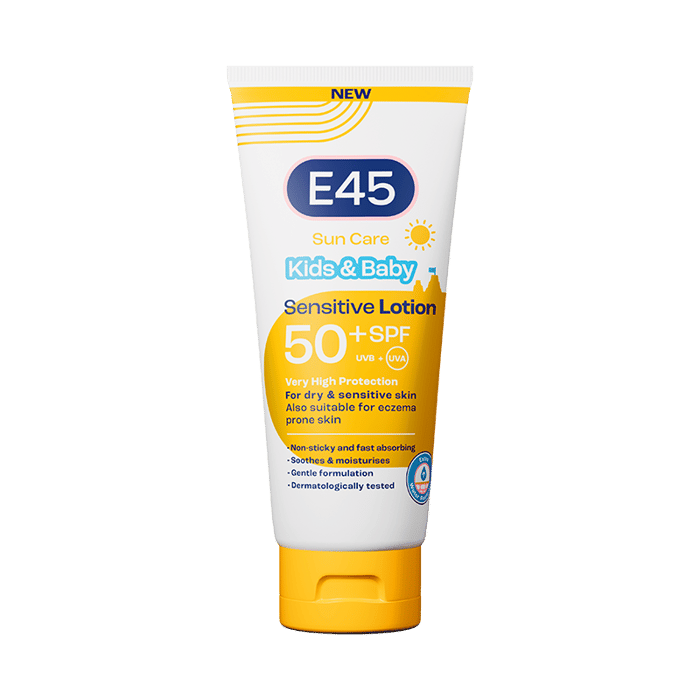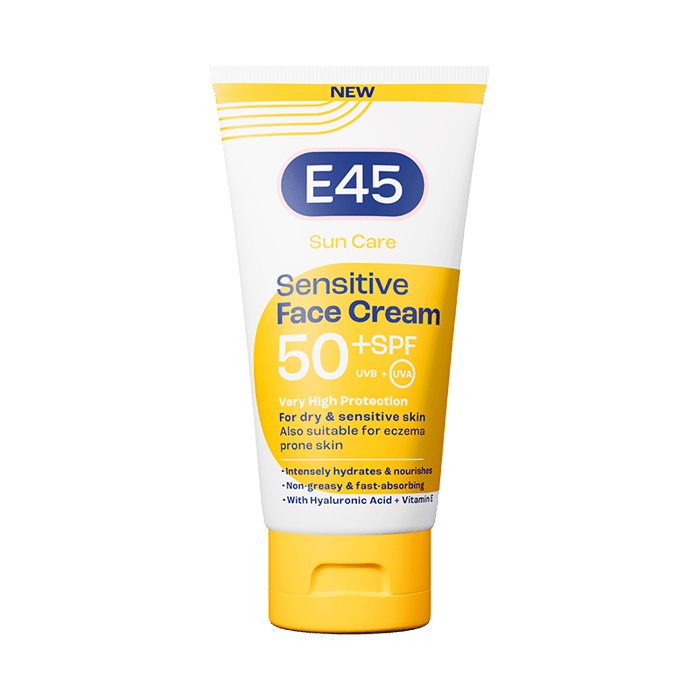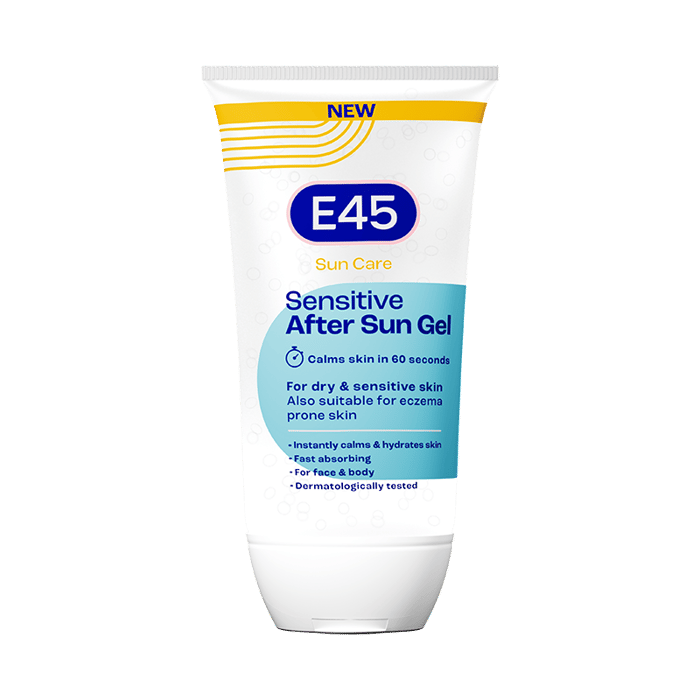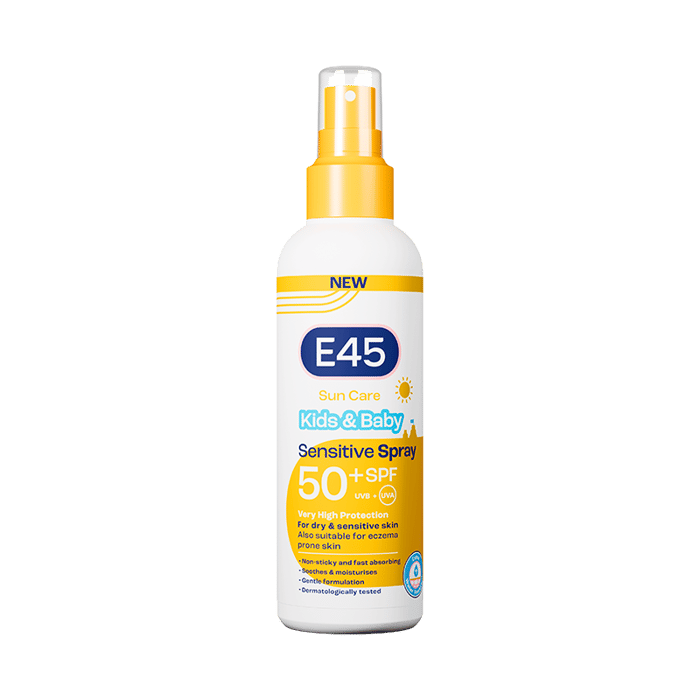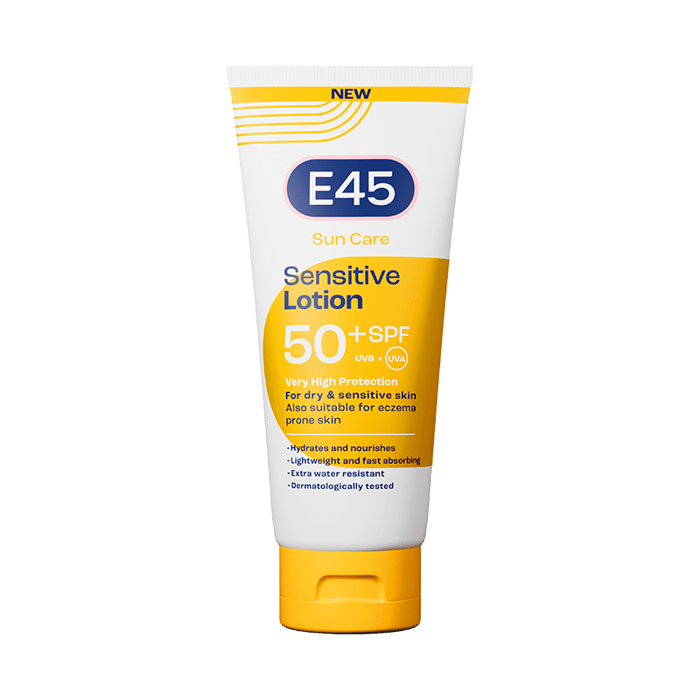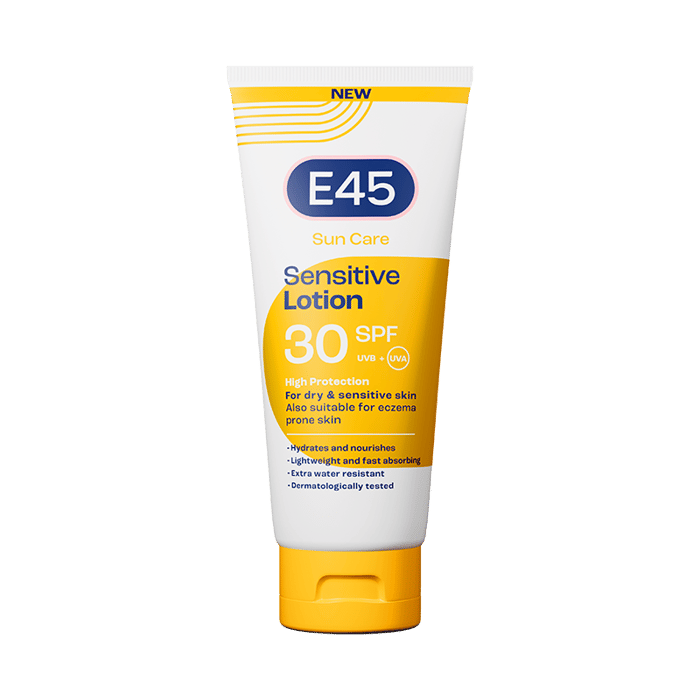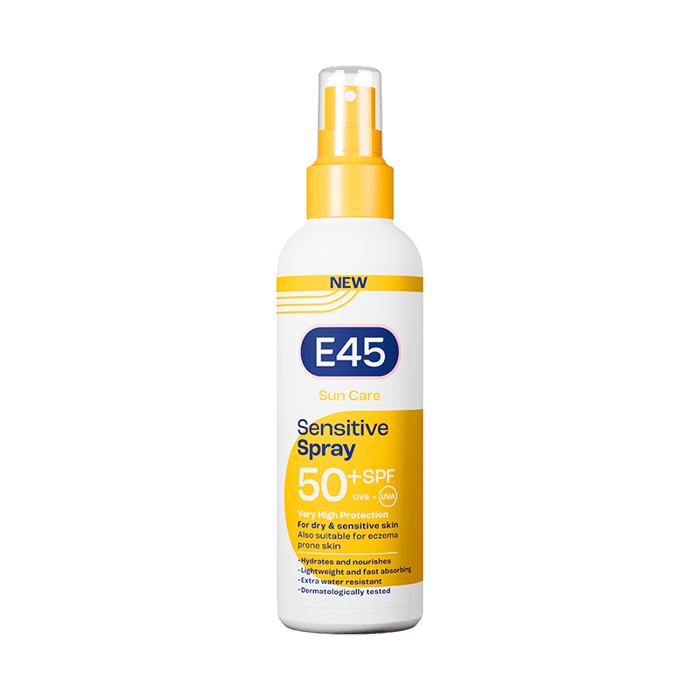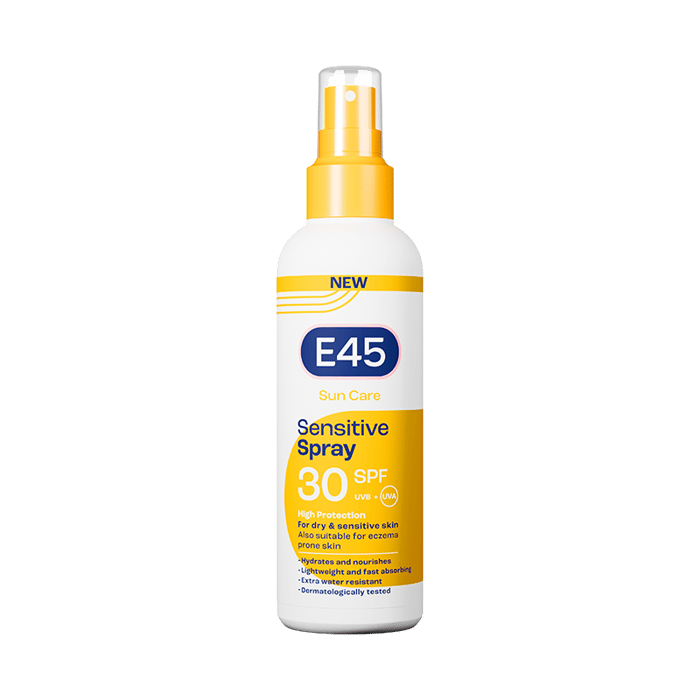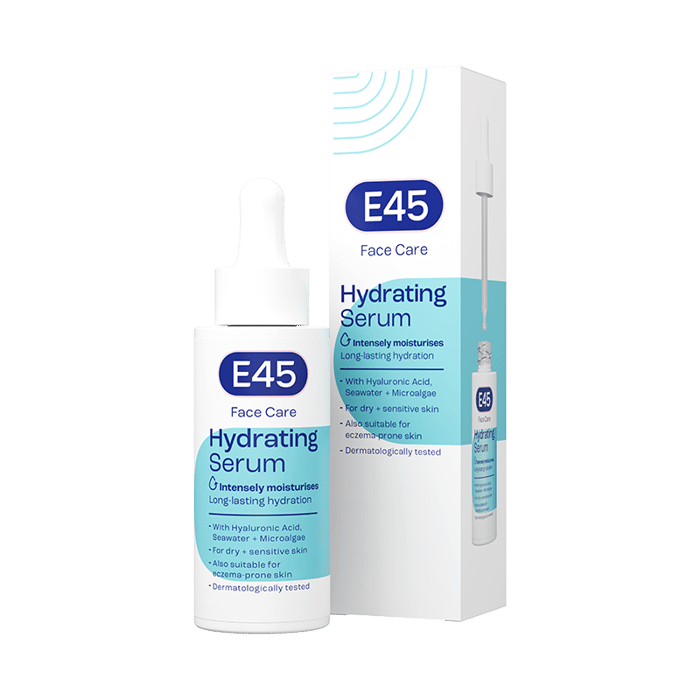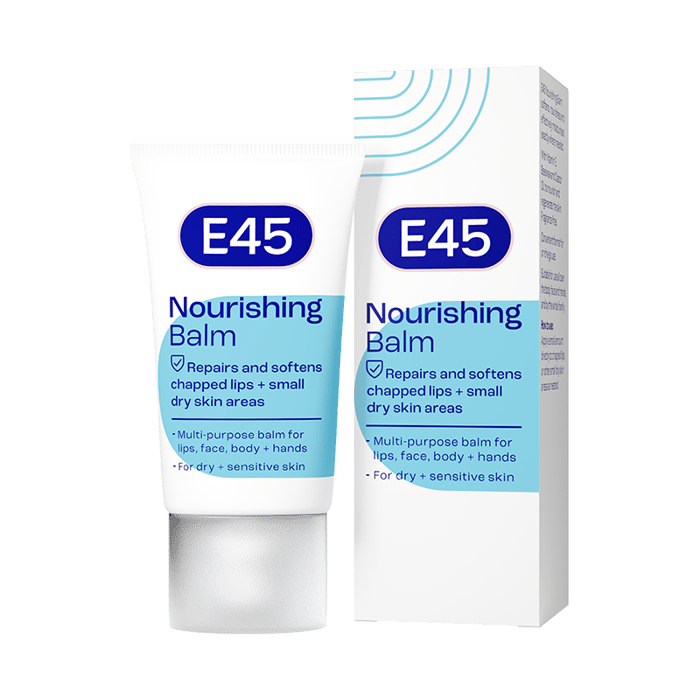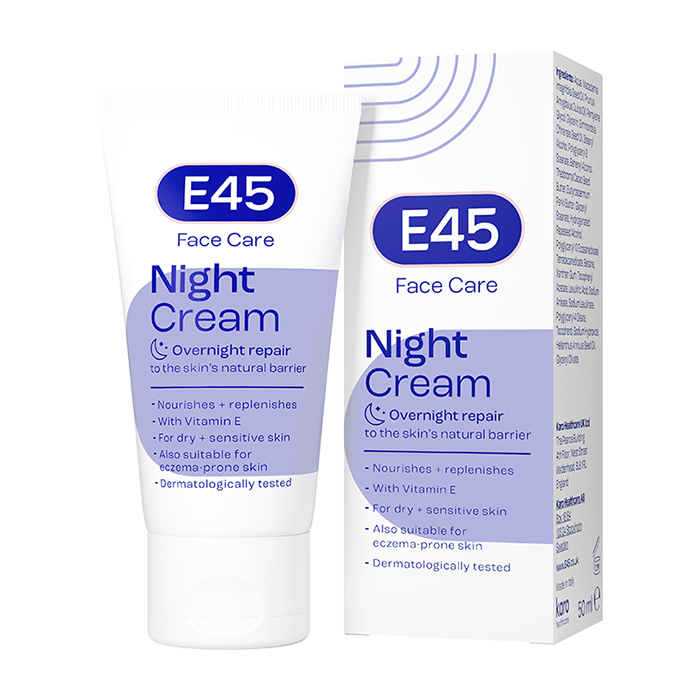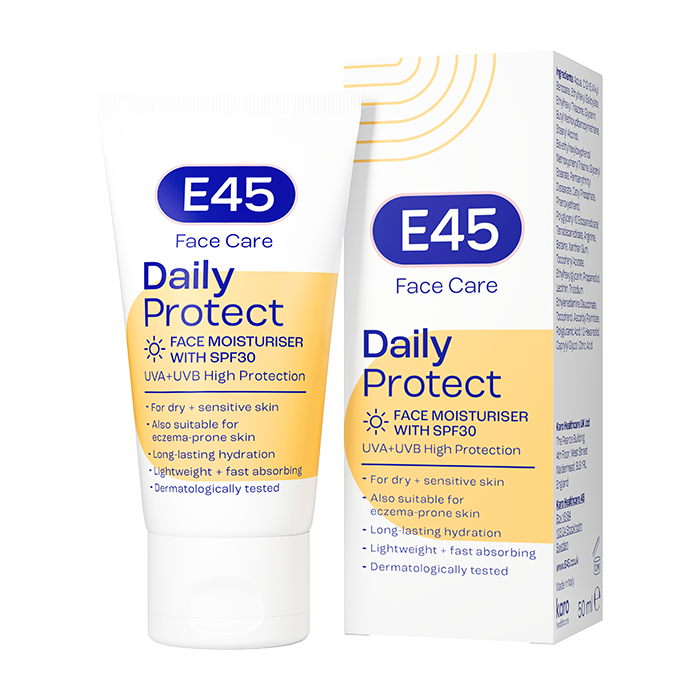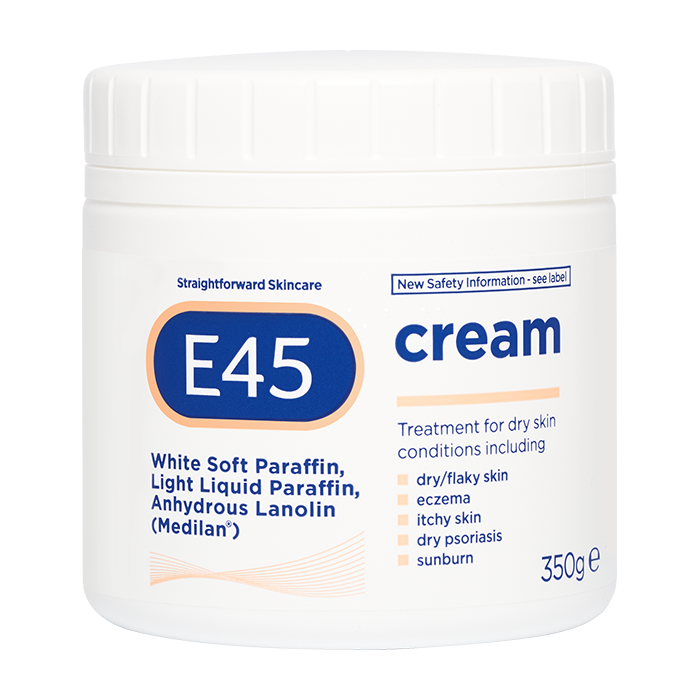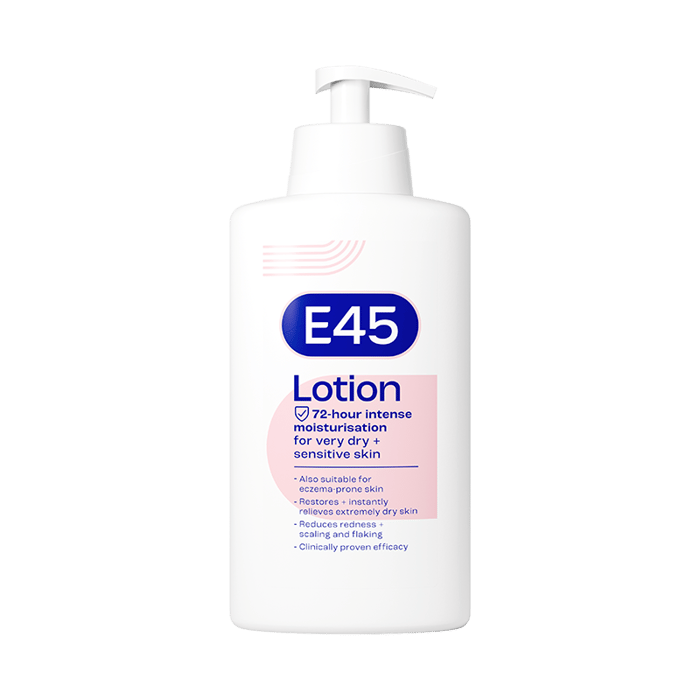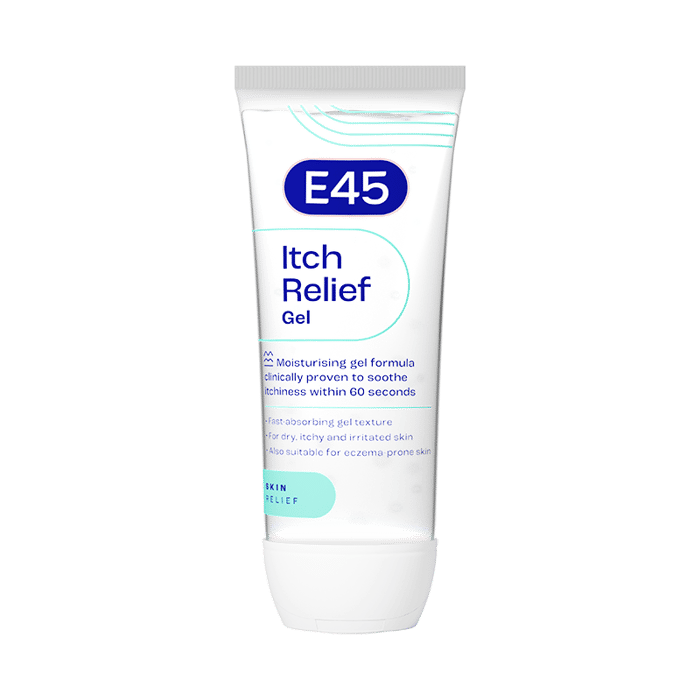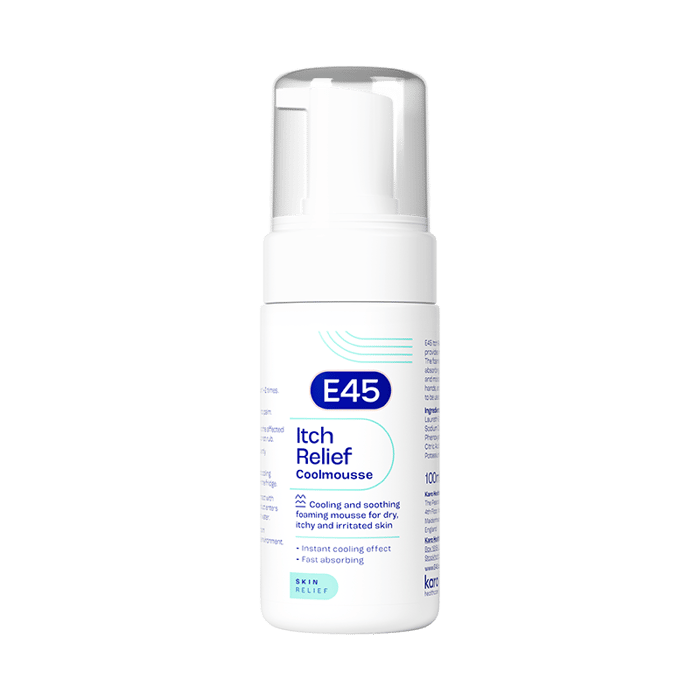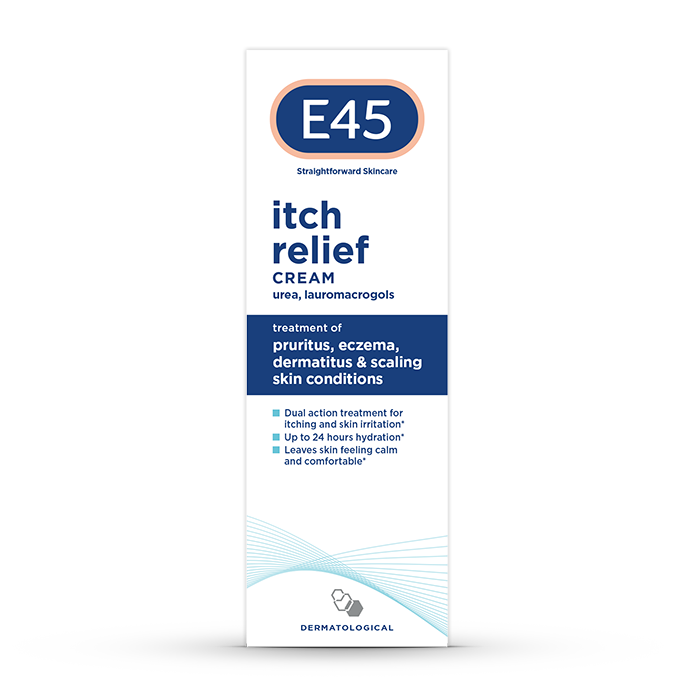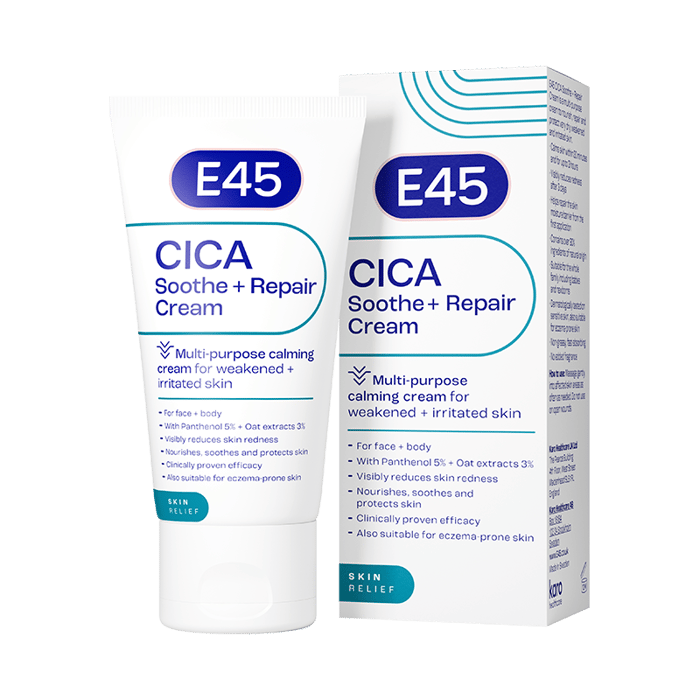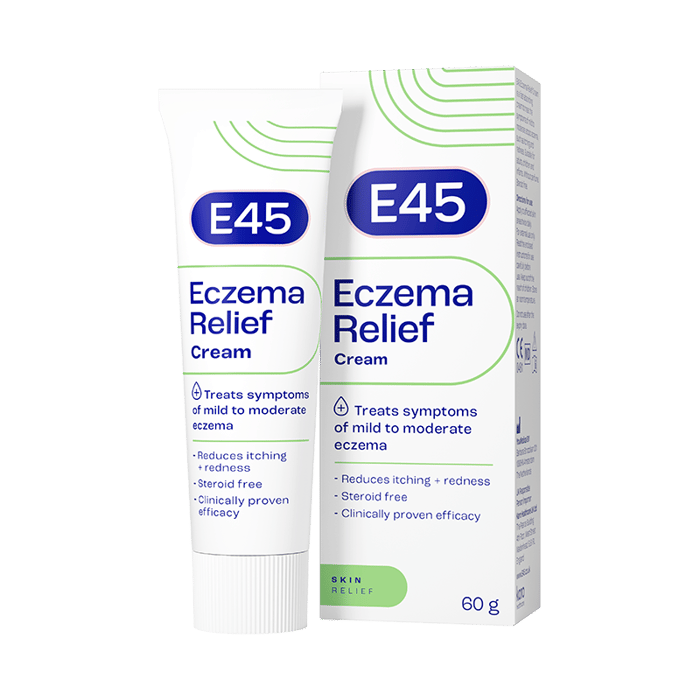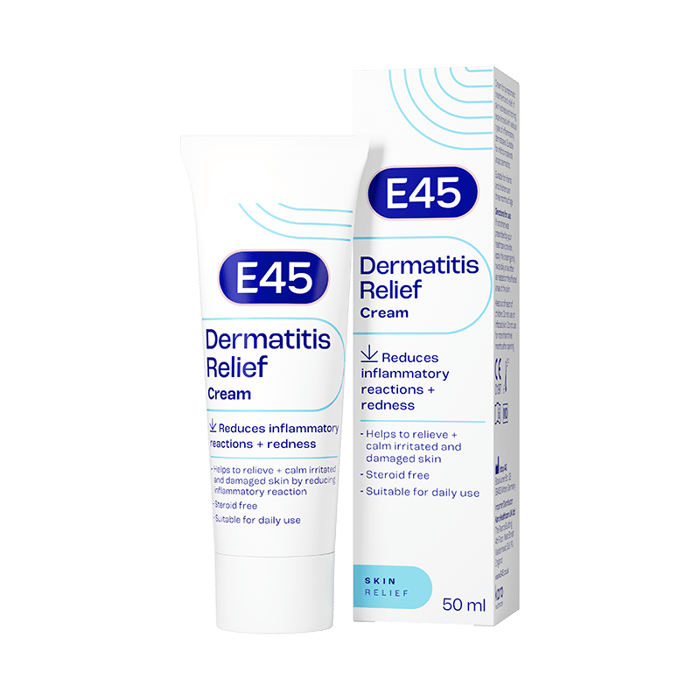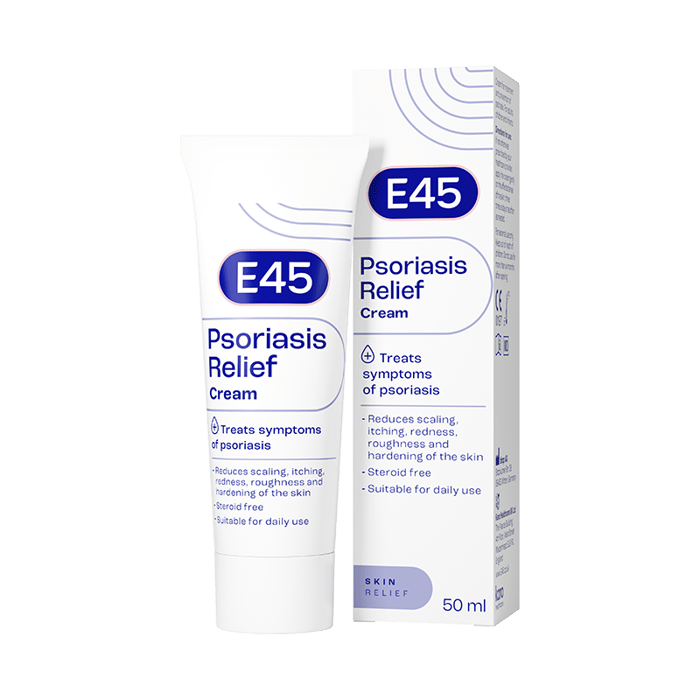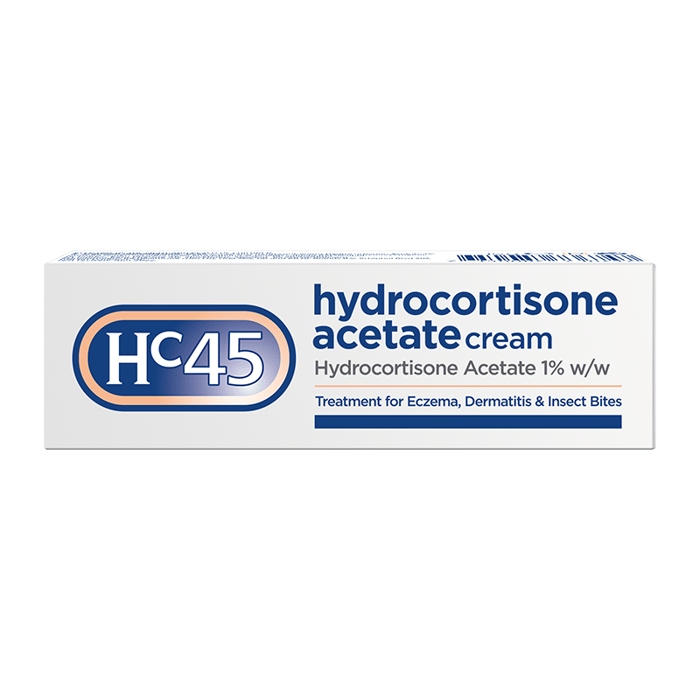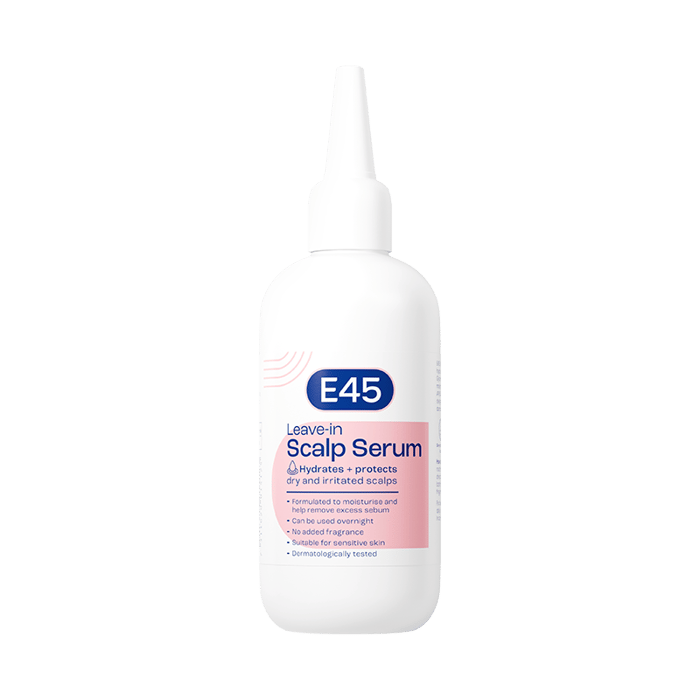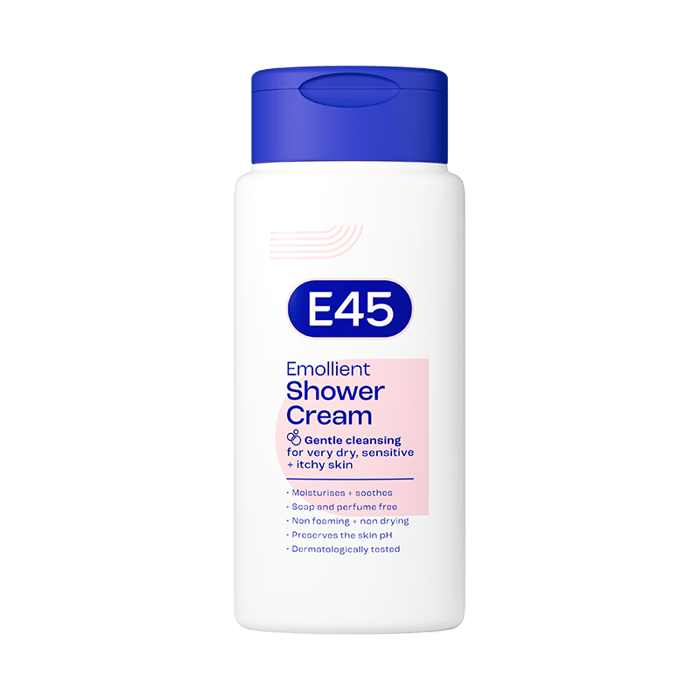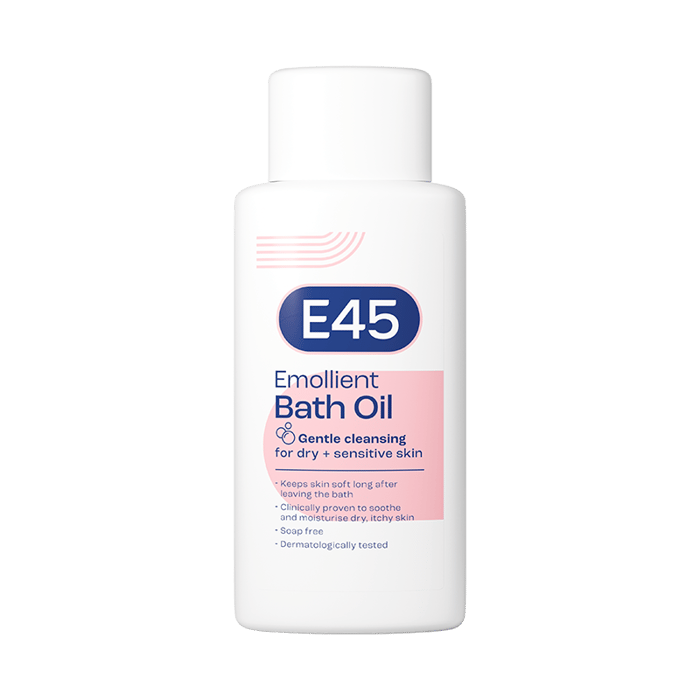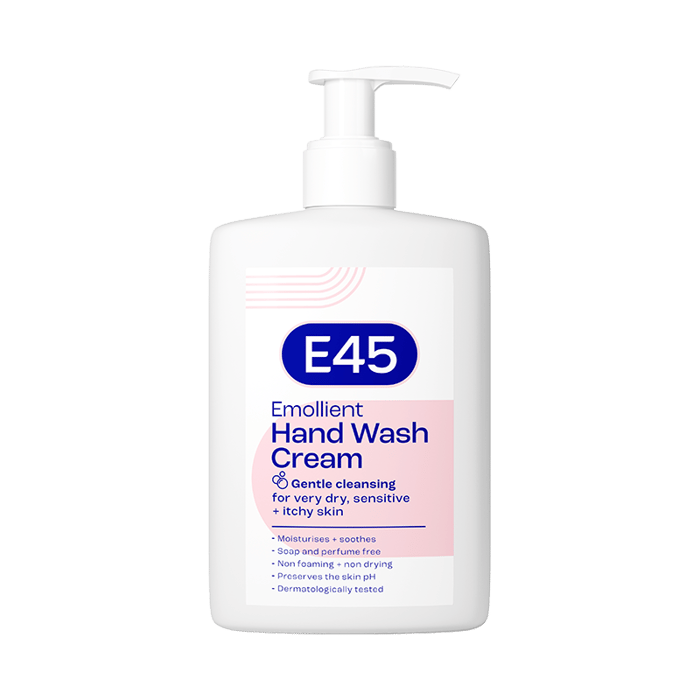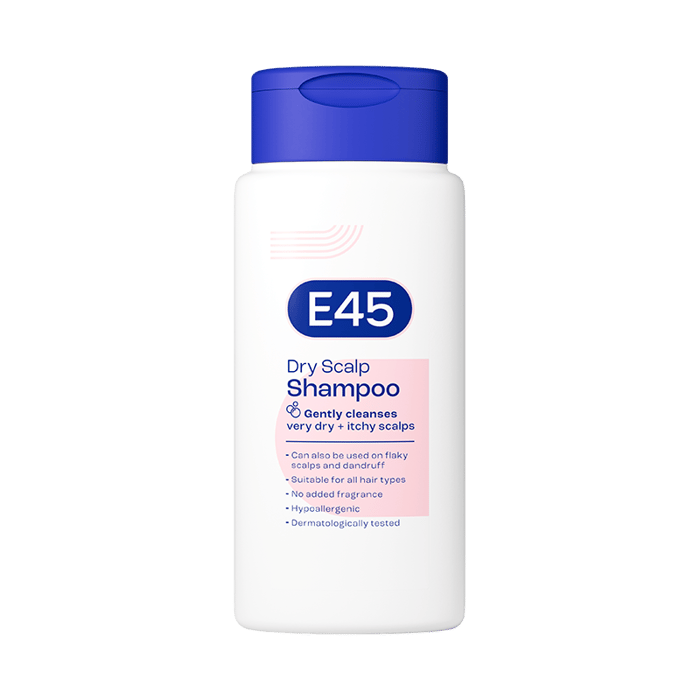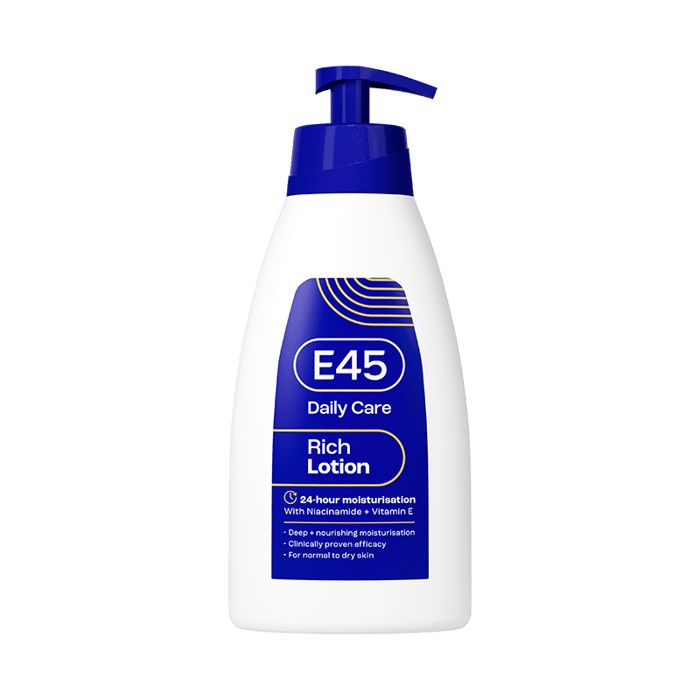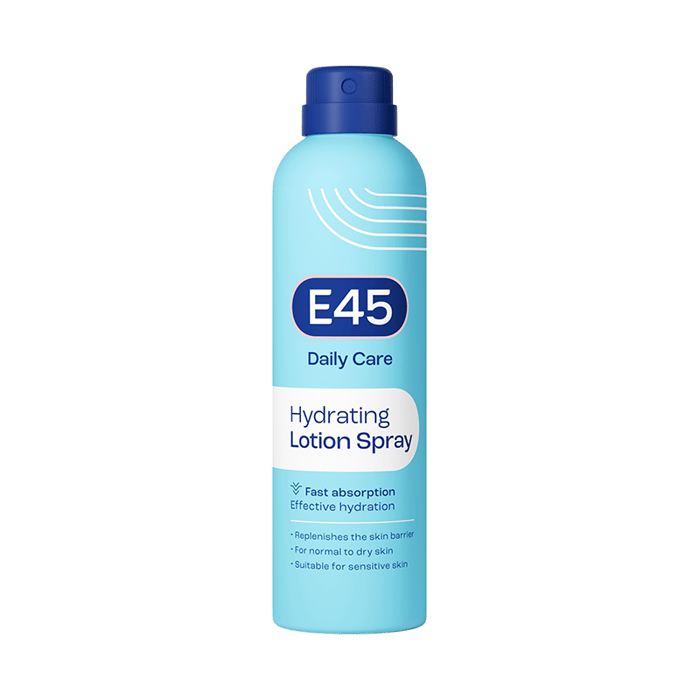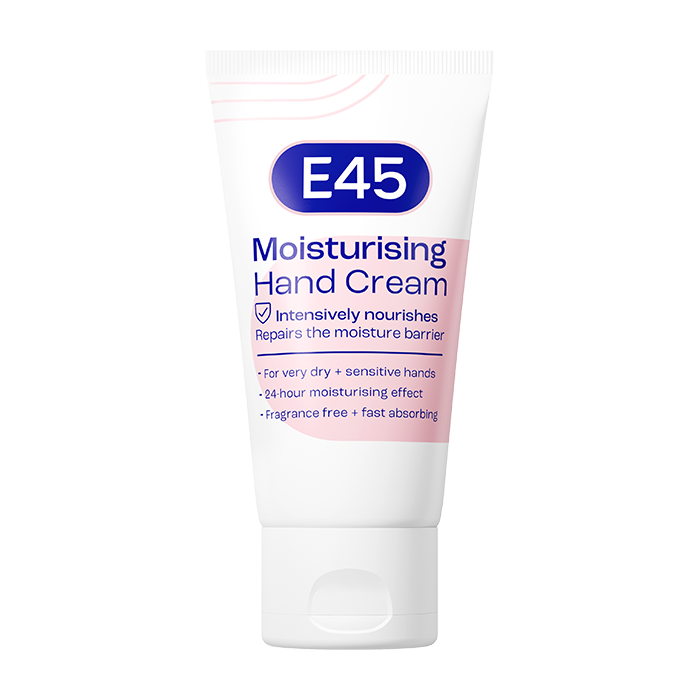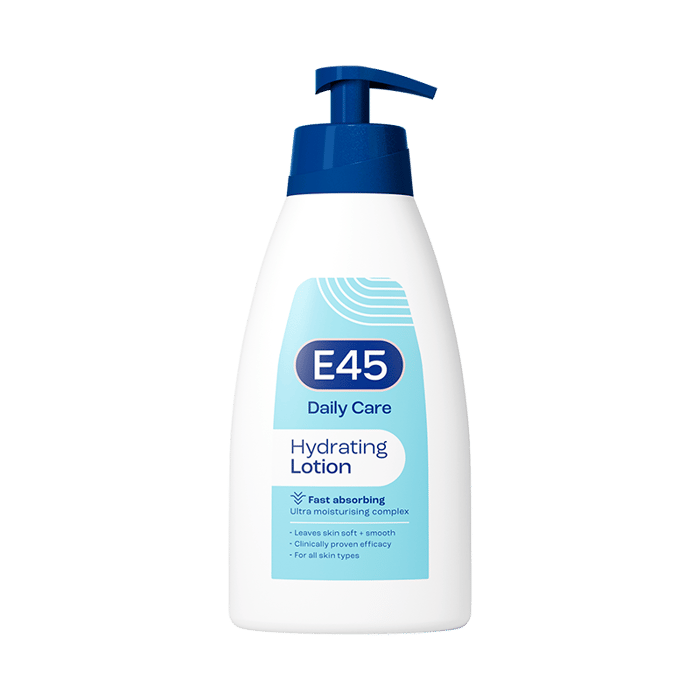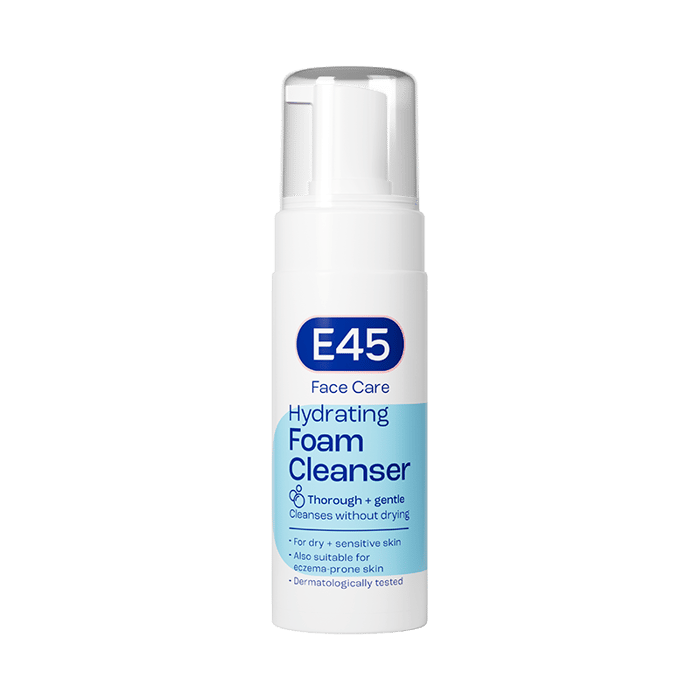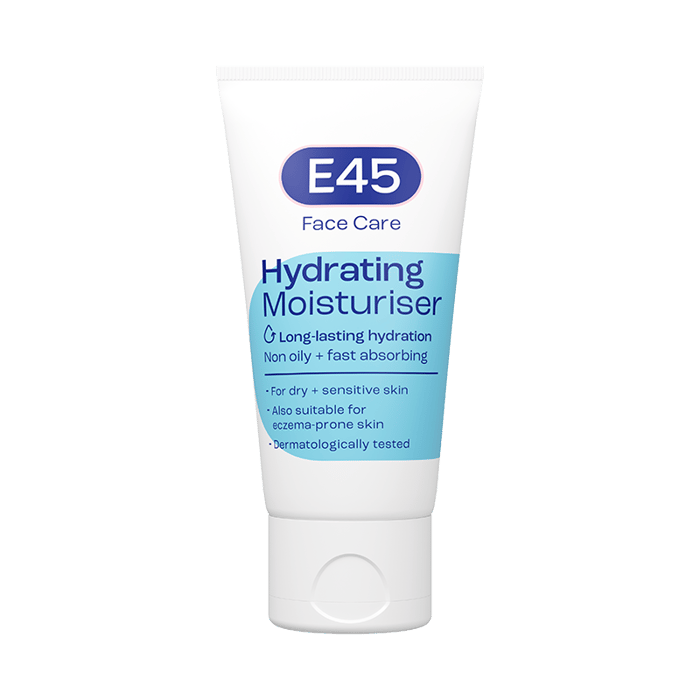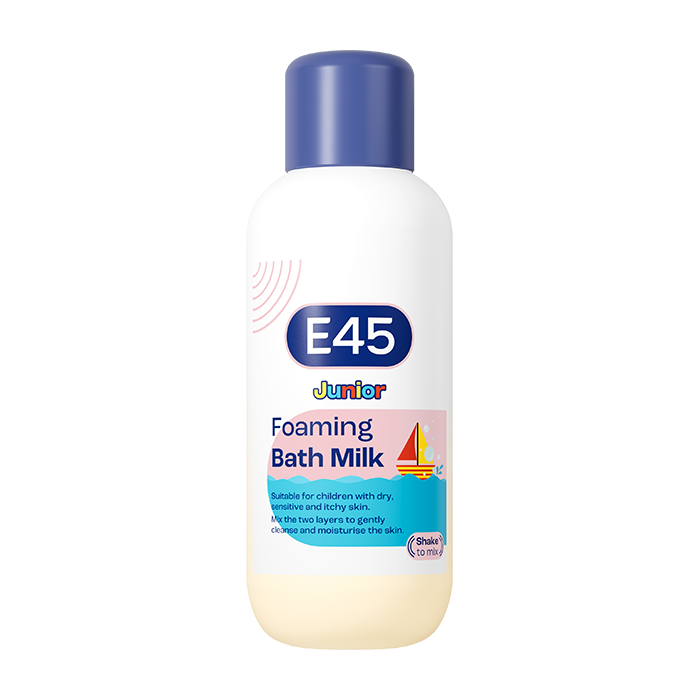Understanding flaky, peeling and scaly skin
Flaky, peeling and scaly skin is something most of us will experience at some point. It can show up on the face, hands, feet or other parts of the body, often feeling dry, tight and irritated. While it’s usually harmless, it can sometimes be uncomfortable or make you feel self-conscious.
This guide will walk you through the common causes, symptoms and ways to care for flaky or peeling skin, so you can keep your skin feeling and looking its best.
Table of Contents
- What causes flaky, peeling and scaly skin?
– Environmental factors
– Skin conditions
– Dehydration and lack of moisture
– Over-exfoliation or harsh skincare products
– Underlying medical conditions and nutrient deficiencies
– Allergic reactions or sensitivities - Symptoms and when to seek help
- Common areas affected by flaky or peeling skin
– Flaky or peeling skin on the face
– Peeling skin on the hands and fingers
– Peeling skin on the feet
– Flaky or peeling skin on the scalp
– Flaky or peeling skin on the arms and legs
– Peeling skin on the lips - How to manage and treat flaky or peeling skin
– At-home tips for flaky skin
– When professional care might help - Conclusion
- FAQ: Flaky, peeling skin
What causes flaky, peeling and scaly skin?
Flaky or peeling skin can happen for a number of reasons, ranging from environmental factors to underlying skin conditions. Understanding what might be causing your skin to react this way can help you find the right way to care for it.
1. Environmental Factors
External conditions play a big role in skin health. Some of the most common environmental triggers for flaky or peeling skin include:
Cold weather and low humidity
During winter, the air is colder and drier, which can strip moisture from the skin. Central heating indoors can make the problem worse, leaving skin feeling tight, flaky and sometimes irritated.
Sun exposure and sunburn
Spending too much time in the sun without protection can cause the outer layer of skin to become damaged, leading to peeling as the body sheds dead skin cells and repairs itself.
Learn how to protect your skin from sunburn and its effects.
Frequent handwashing and harsh Soaps
Washing your hands often is important, but using strong soaps or hand sanitisers with alcohol can strip away natural oils, leading to dry, cracked or peeling skin. This is especially common on the hands and fingers.
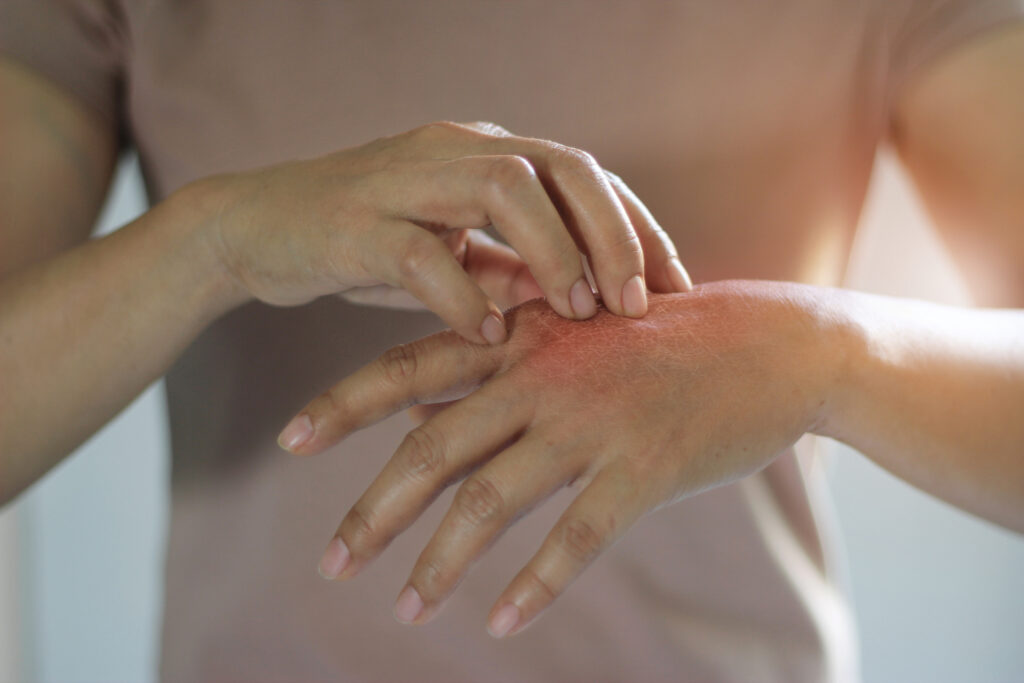
2. Skin Conditions
Eczema (Atopic Dermatitis)
Eczema, as atopic dermatitis can make the skin dry, itchy and inflamed, leading to peeling or flaking. It often appears in patches and can flare up in response to irritants or allergens.
Find expert advice on managing eczema here.
Psoriasis
Psoriasis is a long-term skin condition where the body produces skin cells too quickly, leading to thick, scaly patches. It can cause discomfort, flaking and peeling, especially in areas like the scalp, elbows and knees.
Learn more about psoriasis and how to care for affected skin.
Dermatitis (Contact or Irritant Dermatitis)
Dermatitis occurs when the skin reacts to an irritant, such as certain soaps, cleaning products, or even jewellery. It can cause dryness, redness and peeling, particularly on the hands or areas exposed to the irritant.
Explore advice for managing dermatitis.
Ichthyosis
A rarer condition, ichthyosis causes extremely dry and scaly skin due to an abnormal buildup of skin cells. It can be genetic or acquired and often needs consistent skincare to manage symptoms.
Learn more about ichthyosis and how to care for affected skin.
3. Lack of moisture
Keeping the skin hydrated is key to preventing flakiness. When the skin becomes too dry, it can become rough and start to peel.
Using the right moisturiser for your skin type is key. If you don’t apply a hydrating lotion or cream, especially after washing, your skin can lose its natural moisture more quickly.
Discover expert tips on keeping your skin hydrated.
4. Over-exfoliation or harsh skincare products
Exfoliating the skin helps remove dead skin cells, but doing it too often – or using harsh scrubs – can damage the skin barrier, making it more likely to peel.
Strong skincare ingredients
Certain skincare ingredients, like retinoids or alpha hydroxy acids (AHAs), can cause peeling, especially if they’re used too frequently or on sensitive skin.
Overwashing the face
Washing your face too often or using products with alcohol or fragrance can strip the skin of its natural oils, leading to dryness and peeling.
Learn more about how to care for dry skin on the face.
5. Underlying medical conditions and nutrient
Sometimes, flaky or peeling skin can be linked to a health condition or a lack of essential nutrients.deficiencies
Vitamin deficiencies
- Vitamin A: Helps skin renew itself. A deficiency can lead to rough, flaky skin.
- Vitamin C: Important for collagen production – low levels can make the skin drier.
- Vitamin D: Supports skin health; low levels are sometimes linked to conditions like psoriasis.
Fungal infections (e.g. athlete’s foot)
Peeling skin on the feet can sometimes be caused by a fungal infection like athlete’s foot. This is more common if the feet are often damp, such as from wearing sweaty shoes.
Diabetes and thyroid conditions
Skin peeling or excessive dryness can sometimes be a symptom of an underlying condition like diabetes or hypothyroidism, which affects how the body regulates moisture and healing. If dryness persists despite skincare changes, it may be worth speaking to a healthcare professional.
6. Allergic reactions or sensitivities
Some people develop flaky or peeling skin due to an allergic reaction to ingredients in skincare, laundry detergents or certain foods. If your skin suddenly reacts after using a new product, it may be worth switching to something gentler.
Find out more about red, irritated skin and what might be causing it.
Symptoms and when to seek help
- Tightness or itchiness.
- Redness or irritation.
- Cracks or bleeding in severe cases.
If your symptoms come on suddenly, don’t improve with at-home care or are accompanied by swelling or infection, it can be a good idea to visit a healthcare professional. They may perform a skin examination or recommend treatments tailored to your needs.
Common areas affected by flaky or peeling skin
Flaky or peeling skin can appear on different parts of the body, often presenting with varying symptoms depending on the area affected. Some areas may feel tight and dry, while others may become red, irritated or even itchy. Understanding how symptoms appear in different regions can help you identify potential triggers and find ways to soothe discomfort.
1. Flaky or peeling skin on the face
Facial skin is thinner and more delicate than other parts of the body, making it more prone to flaking due to environmental exposure or skincare habits. Dry air, sunburn or the use of strong cleansers can disrupt the skin barrier, leading to peeling.
Symptoms
- Small, dry patches that may feel rough or tight.
- White or light-coloured flakes, especially around the nose, forehead or cheeks.
- Redness or irritation, especially if the skin is sensitive.
- Peeling that worsens after washing the face or applying certain skincare products.
- Areas of shininess where peeling skin has been removed.
Read more about how to care for dry skin on the face.
2. Peeling skin on the hands and fingers
The hands and fingers are in constant contact with water, soaps and irritants, making them more susceptible to dryness and peeling. Symptoms may worsen during colder months or when frequently using hand sanitisers.
Symptoms
- Peeling, particularly around the fingertips and knuckles.
- Dry, cracked skin that may feel rough or even sore.
- Flaking or scaling, especially after washing hands.
- In severe cases, the skin may split, leading to discomfort.
3. Peeling skin on the feet
The feet naturally have fewer oil glands, meaning they rely on moisture from sweat or external hydration. Peeling may occur due to excessive dryness, friction from shoes, or a fungal infection such as athlete’s foot.
Symptoms
- Peeling, particularly on the soles or between the toes.
- Flaky patches that may feel dry or slightly itchy.
- Cracked heels or rough skin buildup.
- In some cases, redness, itching or a burning sensation.
4. Flaky or peeling skin on the scalp
Scalp peeling is often taken for dandruff, but it may also be caused by dry skin or conditions like seborrheic dermatitis. Harsh shampoos or overwashing can strip the scalp of its natural oils, leading to further flaking.
Symptoms
- White or yellow flakes on the scalp, which may be visible on hair or shoulders.
- Mild itchiness, sometimes worsening with heat or sweat.
- Dry, tight-feeling skin, especially after washing hair.
- In some cases, redness or sensitivity.
5. Flaky or peeling skin on the arms and legs
The skin on the arms and legs tends to be drier due to fewer oil glands. Peeling can become more noticeable after shaving, exposure to dry air, or if conditions like eczema or ichthyosis are present.
Symptoms
- Small, fine flakes or large, rough patches of dry skin.
- A feeling of tightness, especially after showering.
- Flaking that worsens in colder weather.
- Sometimes, mild itching or redness.
Learn more about ichthyosis and how to manage scaly skin.
6. Peeling skin on the lips
The lips lack oil glands, making them highly prone to dryness. Symptoms often worsen due to cold weather, sun exposure or licking the lips too often, which dries them out further.
Symptoms
- Flaky, rough or cracked skin on the lips.
- Tightness or discomfort, especially when smiling or talking.
- Peeling that worsens after licking the lips frequently.
- In severe cases, deep cracks or bleeding.
How to manage and treat flaky or peeling skin
At-home tips for flaky skin
- Moisturise daily: Use products like E45 Lotion to keep the skin hydrated and reduce flakiness.
- Avoid harsh products: Look for gentle cleansers and avoid those with fragrances or alcohol.
- Protect your skin: Wear gloves when using cleaning products and apply sunscreen when outdoors.
When professional care might help
If your flaky or peeling skin persists, a healthcare professional might recommend prescription treatments, such as medicated creams or antifungal solutions, depending on the cause.
Conclusion
Flaky, peeling, or scaly skin is a common issue that many people experience, whether due to environmental factors, skin conditions or lifestyle habits. While it’s often harmless, it can sometimes be uncomfortable or frustrating to deal with.
Taking small steps like keeping your skin moisturised, avoiding harsh products and staying hydrated can make a big difference in maintaining soft, smooth skin. If symptoms persist, become painful, or are accompanied by redness, swelling or itching, a healthcare professional may help identify the cause and suggest appropriate treatments.
FAQ: Flaky, peeling skin
What cream is good for peeling skin?
A good cream for peeling skin should be hydrating and soothing, with ingredients that support the skin barrier. Look for:
- Ceramides – Help restore the skin’s protective layer.
- Hyaluronic Acid – Draws in moisture for deep hydration.
- Glycerin – Retains moisture and soothes dryness.
- Urea or Lactic Acid – Gently exfoliate while hydrating dry, flaky areas.
Emollient-rich creams, such as E45 products, can be particularly helpful in keeping peeling skin soft and comfortable.
How do I remove flaky skin?
To remove flaky skin gently, follow these steps:
- Use a mild exfoliator – A soft washcloth or a chemical exfoliant with AHAs (like lactic acid) can help lift away dead skin cells.
- Moisturise immediately after cleansing – Use a hydrating, fragrance-free moisturiser to lock in moisture.
- Avoid harsh scrubs – Physical exfoliants can sometimes make flakiness worse, especially if the skin is sensitive or inflamed.
- Use a humidifier – This helps prevent dry indoor air from stripping moisture from the skin.
- Avoid hot showers – Lukewarm water is gentler and prevents further dryness.
If the flakiness persists, it may be a sign of an underlying skin condition.
What conditions causes skin flaking?
Several skin conditions can cause flaking or peeling, including:
- Eczema (Atopic Dermatitis) – Leads to dry, itchy, inflamed skin that can flake or crack.
- Psoriasis – A chronic condition that causes thick, scaly patches of skin.
- Seborrheic Dermatitis – Often affects the scalp and face, leading to greasy or dry flakes.
- Ichthyosis – A rare condition causing extremely dry, scaly skin.
If skin flaking is persistent or widespread, a healthcare professional can help determine the cause.
What causes my skin to peel?
Peeling skin occurs when the top layer of skin sheds due to:
- Sunburn – UV damage causes the skin to peel as it heals.
- Dehydration – Lack of moisture can lead to dry, flaky or peeling skin.
- Irritation from skincare products – Strong exfoliants or retinoids may cause peeling.
- Skin conditions like eczema or psoriasis – These can lead to persistent dryness and peeling.
- Allergic reactions – Certain products or fabrics may trigger peeling or irritation.
How do you treat peeling skin syndrome?
Peeling Skin Syndrome (PSS) is a rare genetic condition that causes continuous skin peeling. While there is no cure, symptoms can be managed with:
- Regular moisturising – Using thick, emollient-based creams helps keep the skin hydrated.
- Avoiding triggers – Harsh soaps, hot water, and irritants should be minimised.
- Dermatologist-prescribed treatments – A doctor may recommend specific therapies to help manage symptoms.
If you suspect PSS, speaking to a specialist is recommended.
What infection causes skin to peel?
Some infections can lead to peeling skin, including:
- Fungal infections (e.g. Athlete’s Foot, Ringworm) – These often cause scaling, redness, and peeling, especially on the feet or body folds.
- Bacterial infections (e.g. Staphylococcal Scalded Skin Syndrome) – A severe condition that causes widespread peeling.
- Viral infections (e.g. Hand, Foot, and Mouth Disease) – This can cause peeling on the hands and feet as it heals.
If skin peeling is accompanied by pain, fever, or spreading redness, it’s best to seek medical advice.
Why is my skin so dry and flaky all of a sudden?
Sudden dryness and flaking can be caused by:
- Weather changes – Colder temperatures and low humidity can dry out the skin.
- A reaction to new skincare or soaps – Strong ingredients can strip moisture from the skin.
- Underlying conditions – Issues like eczema, psoriasis, or thyroid disorders can contribute to dryness.
If dryness persists despite using moisturisers, it may be worth checking for an underlying cause.
How to get rid of dry, flaky skin on the face instantly?
While long-term hydration is key, here are quick ways to soothe flaky skin on the face:
- Apply a hydrating face mask – Look for ingredients like honey, aloe vera, or hyaluronic acid.
- Use a rich moisturiser – Apply a thick layer of fragrance-free cream to lock in moisture.
- Gently exfoliate (if skin isn’t irritated) – Use a soft cloth or mild chemical exfoliant to remove loose flakes.
- Use a facial mist – A hydrating spray can provide instant relief without stripping the skin.

